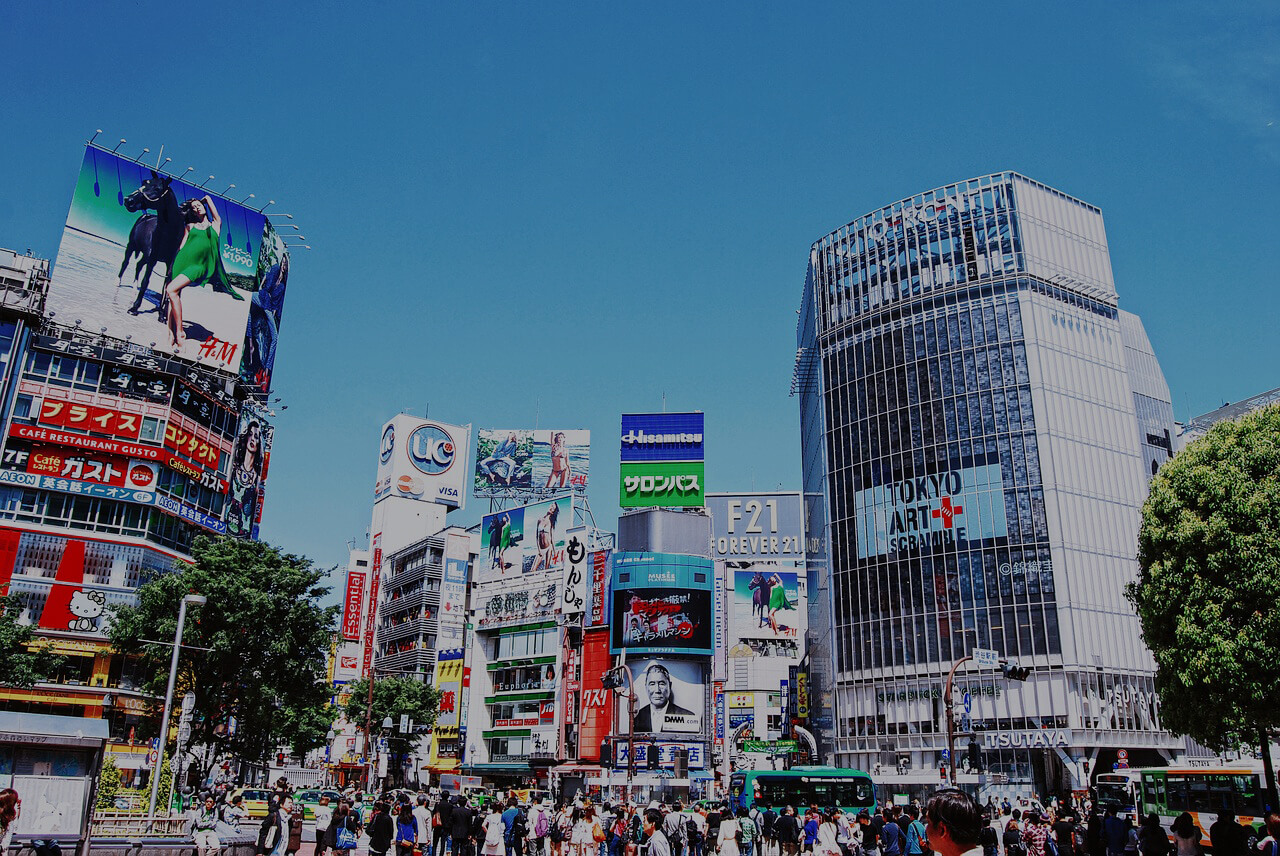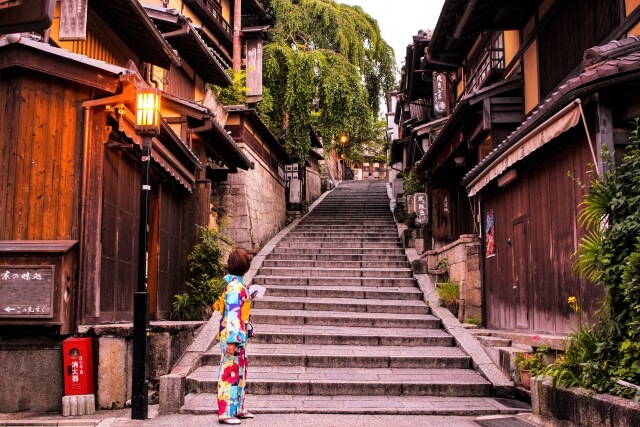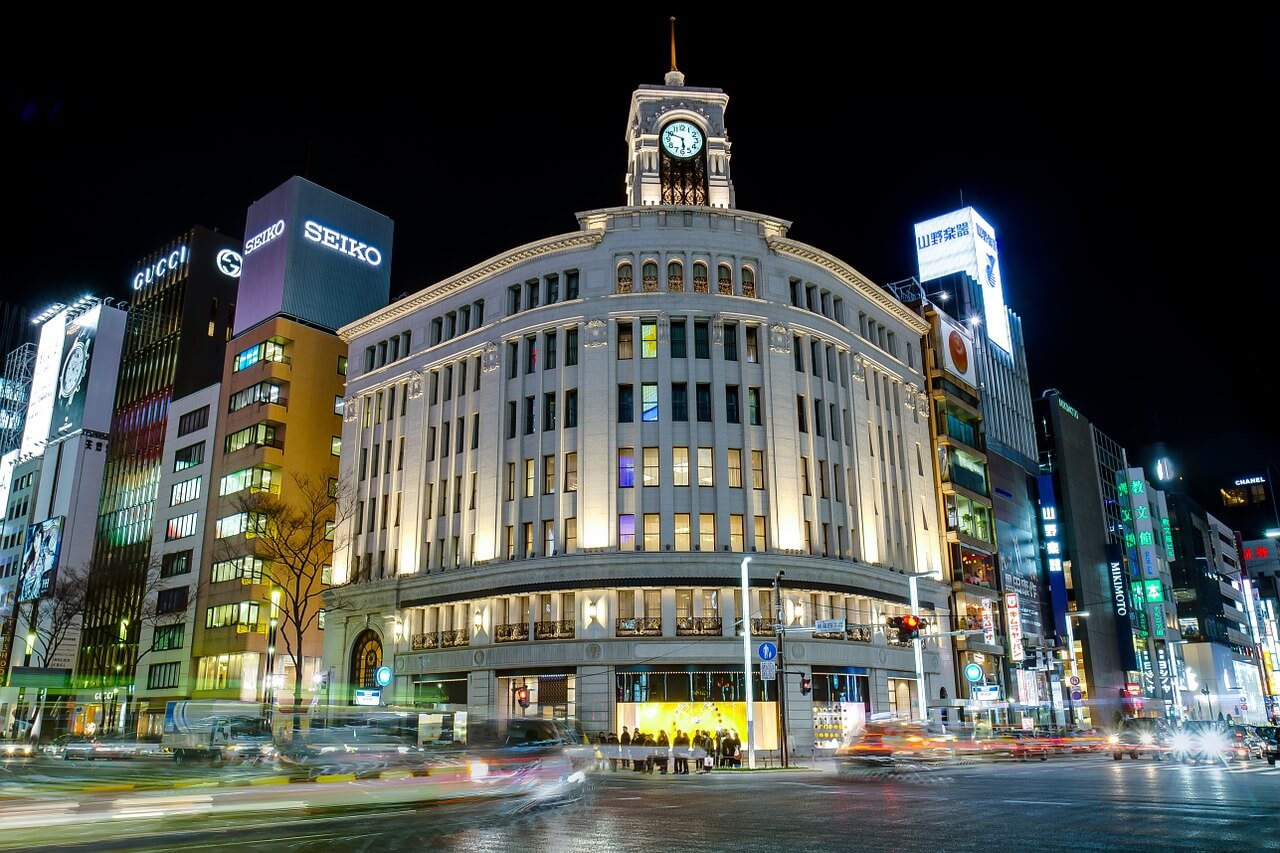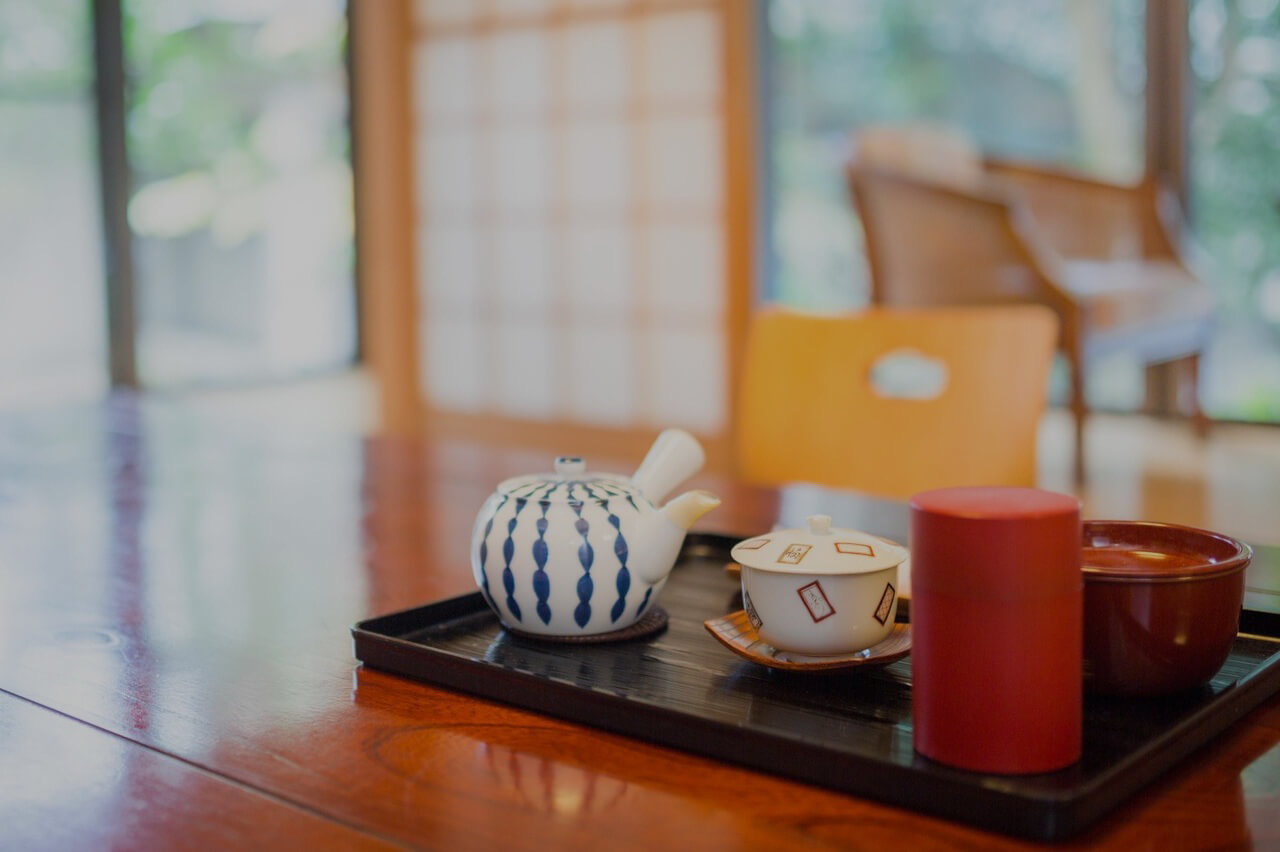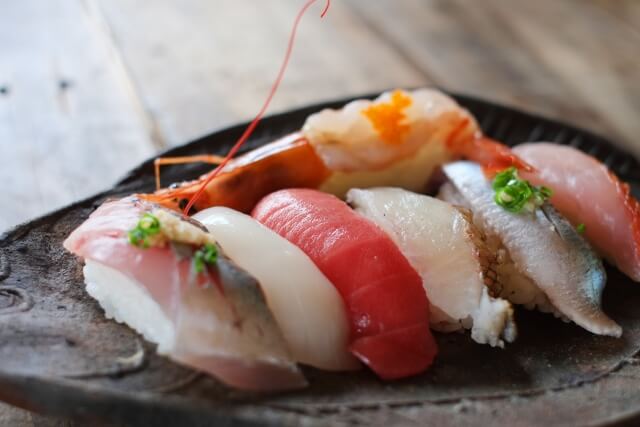Popular Spots

The statue of the loyal dog “Hachiko” can be found just outside Shibuya Station’s Hachiko gate. The 162cm-tall statue was built in 1934, and stands elevated 180cm from the ground. Today, the statue of Hachiko has become a symbol of Shibuya and a popular landmark for meetups and tourism. Hachiko is based on an Akita dog named Hachi, whose owner was a professor of the Tokyo Imperial University. Even after the sudden death of his owner, Hachi continued to wait for his return at the ticketing gate. The story of this loyal dog, Hachiko inspired film and literature worldwide, time and again. Another statue of Hachiko can be found in front of Tower Records Shibuya, but this one is warped diagonally in a peculiar way. In front of the Hachiko statue is a green train car formerly used on the Toyoko line, and by Shibuya Station’s south gate is a lesser-known monument named the “Moyai Statue”. The nearby department stores also carry souvenirs related to Hachiko.
Category: Educational tourArea: Shibuya / Ebisu
Tokyo Skytree is Tokyo’s newest iconic landmark, whose 634m height takes the thrown as the world’s tallest free-standing radio tower. The two observation decks give a view of Tokyo like no other, and under clear skies, might even let you see Mount Fuji. Under Tokyo Skytree is “Tokyo Solamachi”, a combined entertainment complex. With shops, restaurants, and even a planetarium and aquarium, there is enough here to spend a whole day exploring.
Category: Nature / sceneryArea: Asakusa / Sky Tree
The University of Tokyo is a public university located in the Bunkyo Ward of Tokyo. Built in 1877, the University of Tokyo is one of Japan’s most prestigious universities. About 30,000 students attend the school across its five different campuses. The Hongo Campus can be said as the university’s main campus. The campus is built on the ruins of the feudal Maeda Family’s house. The famous Akamon, or red gate of the University of Tokyo, can be found on this campus. The gingko trees at the Hongo Campus are well known as well. Every autumn, the ginkgos turn into a rich yellow color and decorate the campus. You can also find a statue of Hachiko at the Hongo Campus. Hachiko’s owner, Professor Ueno Hidesaburo, taught at the University of Tokyo. A statue of Professor Ueno and hchiko can be found on the Faculty of Agriculture’s grounds.

Nagashima Spa Land locates in the city of Kuwana in Mie prefecture. It is one of the largest amusement facilities in Japan, and is home to numerous extreme roller coasters. In fact, the Steel Dragon 2000 roller coaster is the world’s longest roller coaster ride, with its tracks measuring 2,479 meters long. In the Kids Town area, there are plenty of fun family friendly rides such as Go Kart racing and kids roller coasters. Its summer time Jumbo Pool is one of the largest in Japan. Near Nagashima Spa Land, you can find Yuami no Shima hot springs, which has 17 types of outdoor baths. There is also Mitsui Outlet Park Jazz Dream Nagashima, where you can shop at 302 shops.
Category: Theme parkArea: Nabana no Sato / Suzuka
"Asakusa Nakamise Shopping Street" is located in Taito-ku, Tokyo. The shopping street is part of the street that connects Asakusa Temple, which is a symbol of Asakusa, and Kaminarimon. The word “Nakamise” refers to stores located in precincts, shrines and temples. One of Japan's oldest shopping street, Nakamise Shopping Street opened during the Edo period, and still attracts many tourists both on weekdays, weekends and holidays. On the 250 meters street, there are 89 stores in total, including souvenir shops and restaurants.It is not permitted to eat while walking through the shopping street. If you buy foods or drinks at the stores, make sure you stop in front of the stores and eat or drink. In addition, in order to satisfy the needs of domestic and international tourists, many stores offer delivery services for their products.
Category: SouvenirArea: Asakusa / Sky Tree
Shiba Park is one of Japan's oldest parks, and gives a perfect view of both Zojoji Temple and Tokyo Tower in the same frame. When exercise equipment was introduced into the park in 1902, Shiba park became the first Japanese park to double as an exercise facility. In the spring time, the approximately 200 cherry blossoms go into full bloom, creating on of Tokyo's most popular places for ohanami (flower-viewing) picnics.
Category: Parks / gardensArea: Tokyo Tower area
Search by Category


